(ECNS) -- The China Manned Space Agency (CMSA) released its first-ever progress report on Monday, summarizing the advancements in scientific research and applications achieved over the two years since the full completion of the Tiangong space station.
According to the report, over the past two years, China has successfully carried out four crewed missions, three cargo supply missions, and four spacecraft return missions. Five astronaut teams, totaling 15 astronauts, have completed long-term stays aboard the station, performing 10 extravehicular activities (EVAs) and numerous payload deployments. Multiple external maintenance tasks have been accomlished, setting a new world record for the longest duration of a single EVA.
Additionally, significant milestones include the selection of the fourth batch of astronaut candidates, including two payload experts from Hong Kong and Macau, and the initiation of a low-cost cargo transportation system.
The first batch of scientific, application, and technical experiments aboard the Chinese space station has progressed smoothly, yielding substantial and innovative results across four major research areas—space life and human body research, microgravity physical sciences, space astronomy and Earth sciences, and space technology and applications. These areas comprise 32 research themes.
As of December 1, 2024, the station has implemented 181 scientific and application projects, transported nearly two tons of scientific materials to orbit, and returned nearly 100 types of experimental samples. Over 300 terabytes of scientific data have been collected, resulting in groundbreaking achievements. These include developing new space-grown germplasm resources for rice and regenerated rice, establishing the world’s first high-throughput on-orbit microbial prevention and control experimental platform, and achieving the longest operation of a space-based water ecosystem.
Scientific teams have focused on addressing national strategic needs, producing a series of original, cutting-edge, and innovative results. To date, more than 500 high-impact SCI papers have been published, and over 150 patents have been granted. Some of these achievements have been successfully transferred into practical applications, significantly advancing China's space science and applications.
In terms of public outreach and cultural activities, the Tiangong space station has hosted a range of innovative and engaging events, including the "Tiangong Classroom" space education program, Earth-to-space live interactions, and the release of educational satellites. These activities have been well-received, promoting the dissemination of space knowledge, enhancing public scientific literacy, and supporting the growth of space education and cultural initiatives.
The report highlights that the Tiangong space station, as a “National Space Laboratory,” is planned to operate stably in orbit for over 10 years.
In the field of space life sciences and human research, future efforts will deepen studies in fundamental biology, biotechnology, life ecology, and the origins of life. Researchers aim to uncover the effects of the space environment on biological systems and achieve breakthroughs in areas such as stem cell and regenerative medicine, drug development, and synthetic biological manufacturing.
In microgravity physical sciences, research will continue on the mechanisms governing the microstructure and macroscopic properties of metals and alloys, as well as the nucleation and growth processes of space crystals, providing insights to guide material development on Earth.








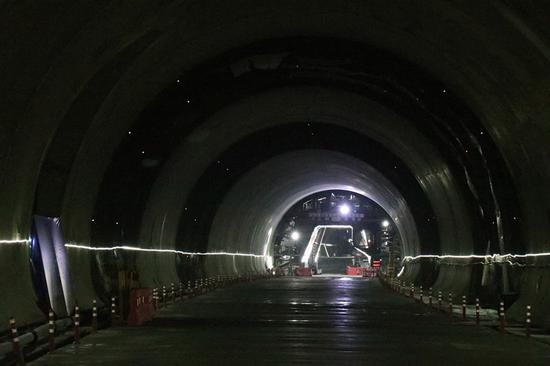
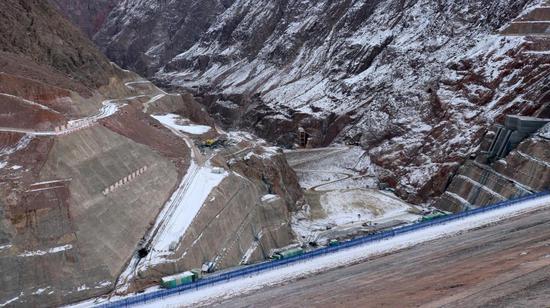

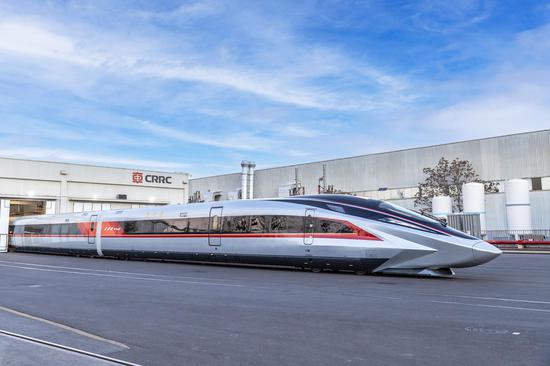

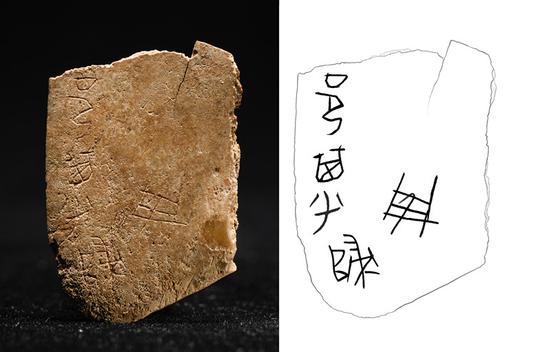

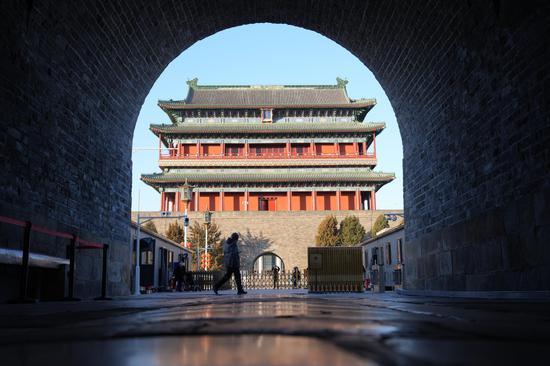
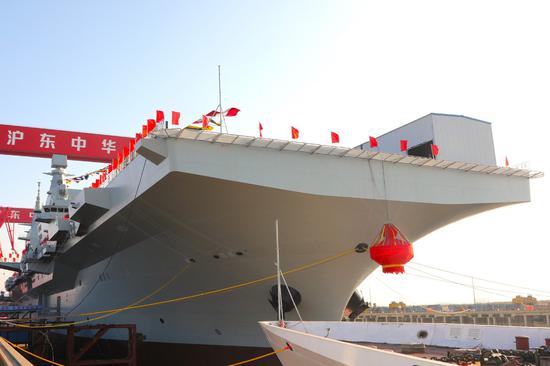
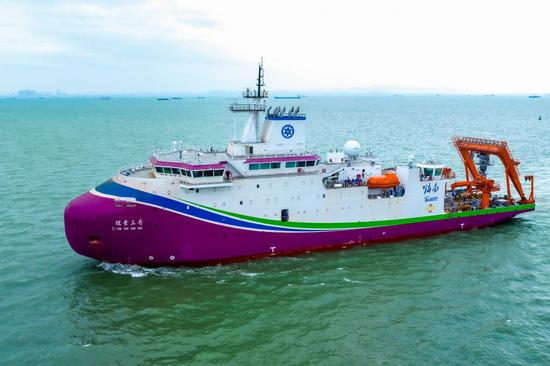
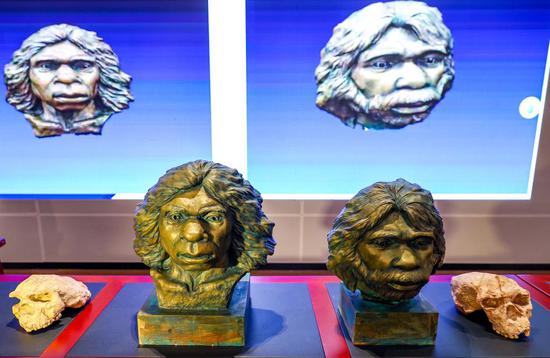
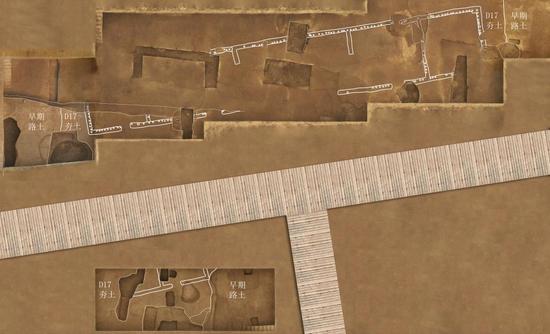

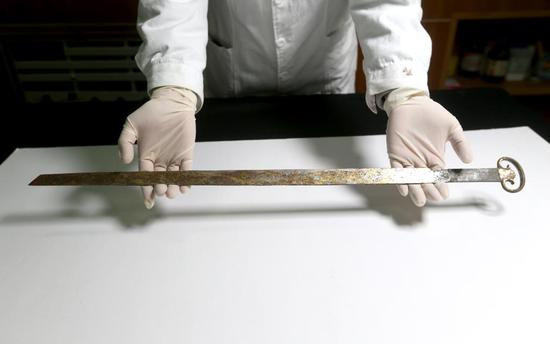


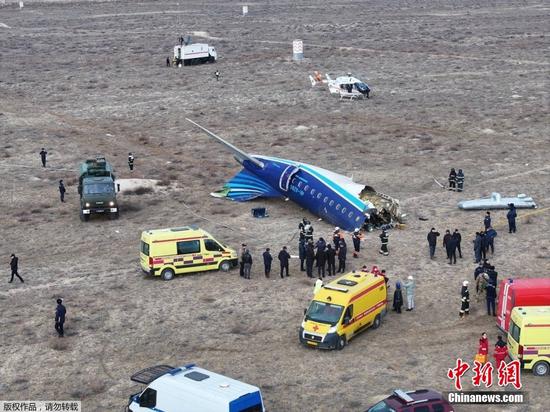
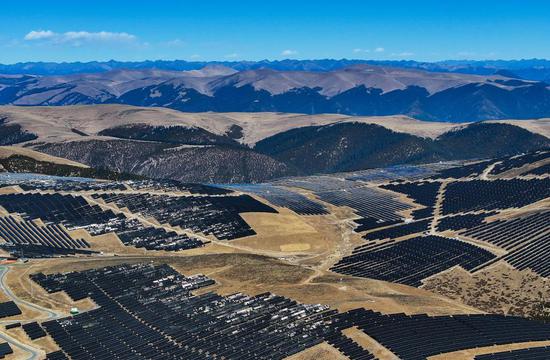

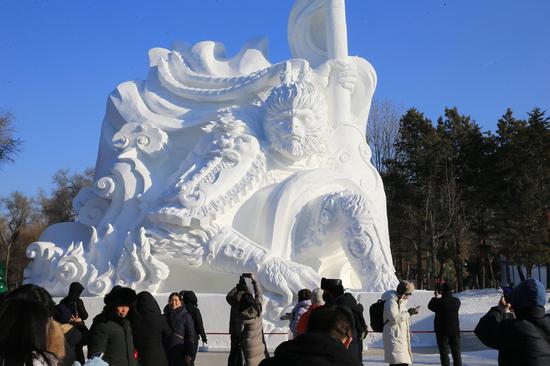


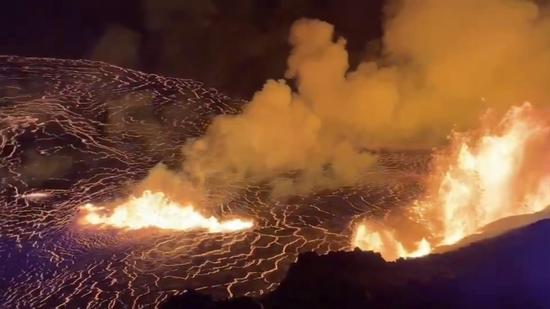






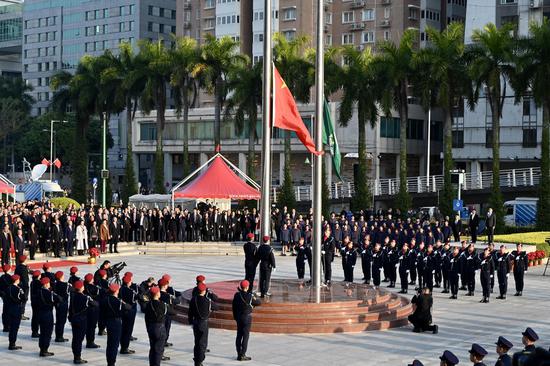
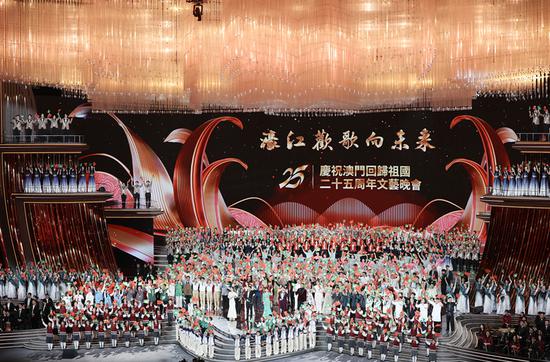
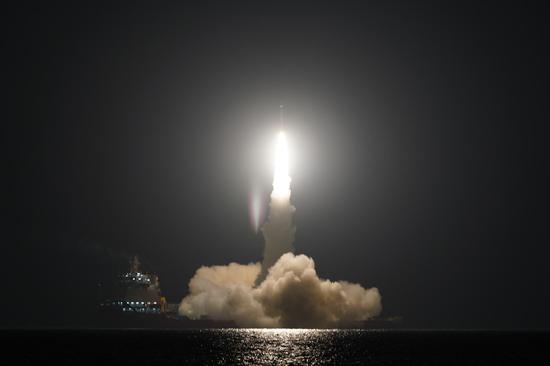


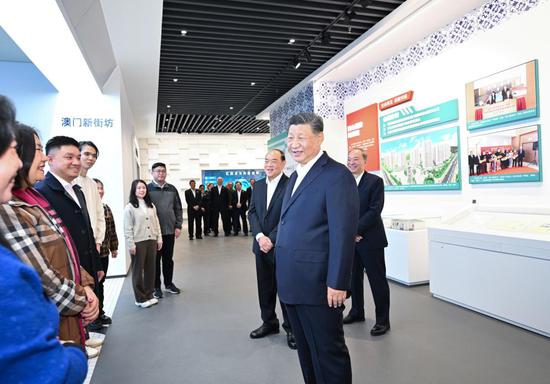
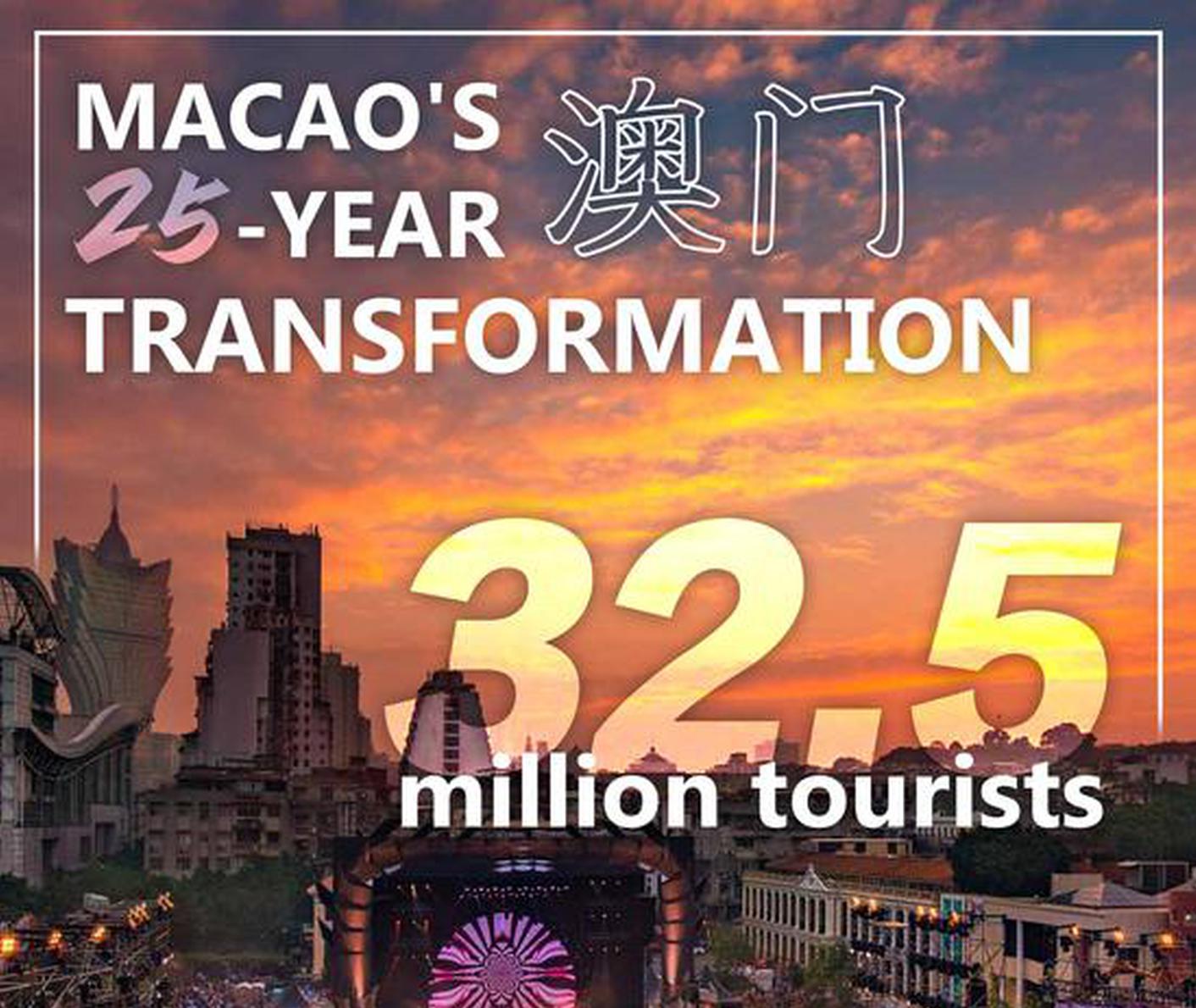
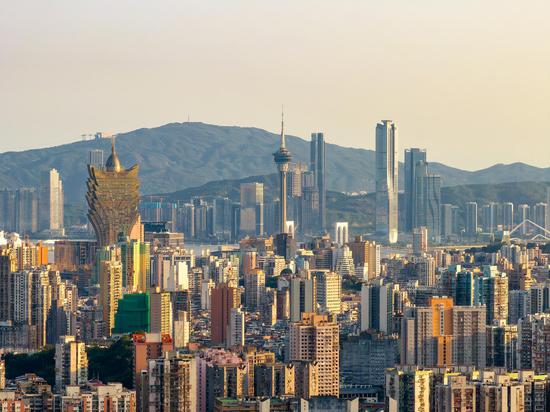

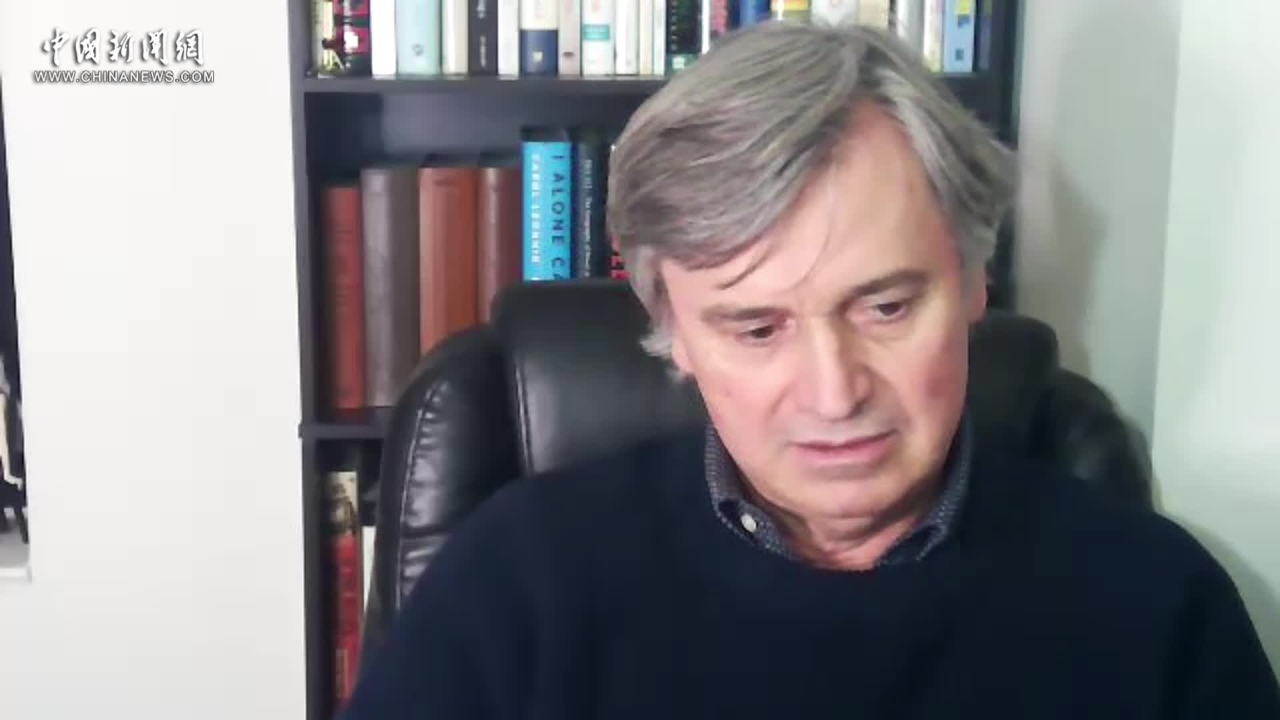

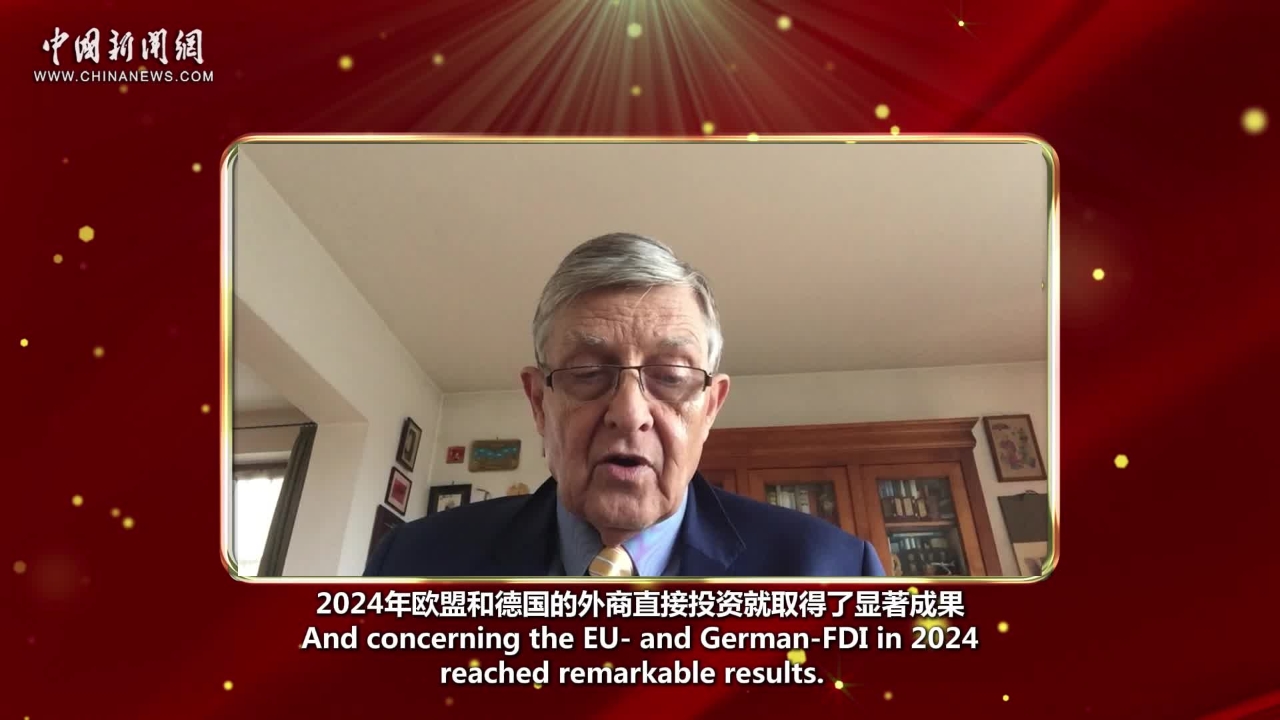

 京公网安备 11010202009201号
京公网安备 11010202009201号